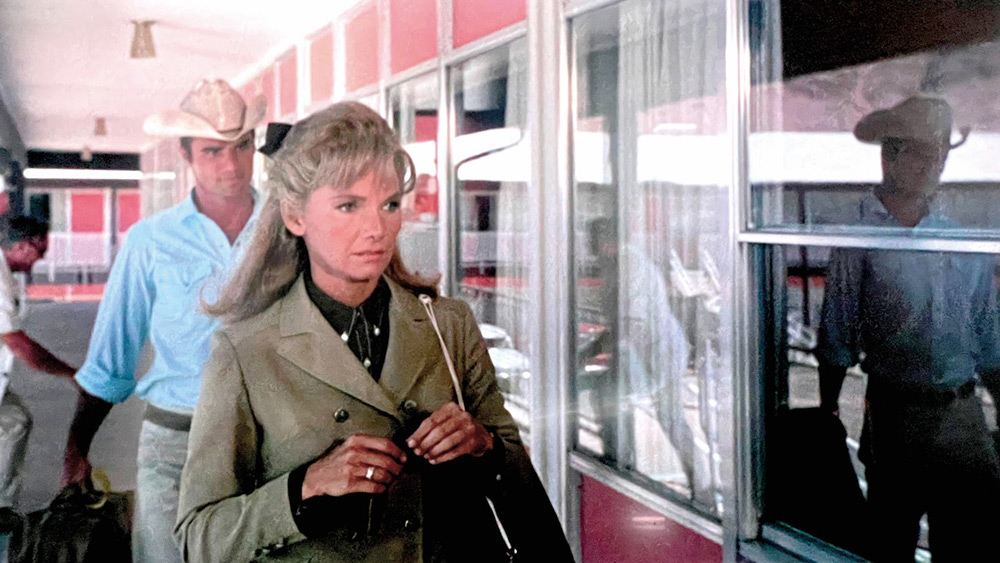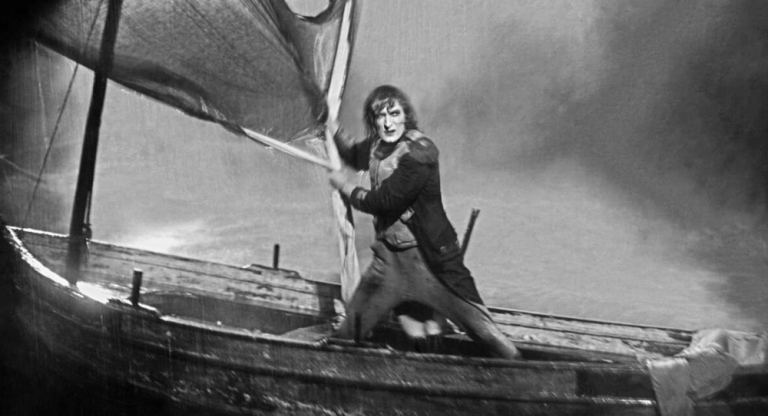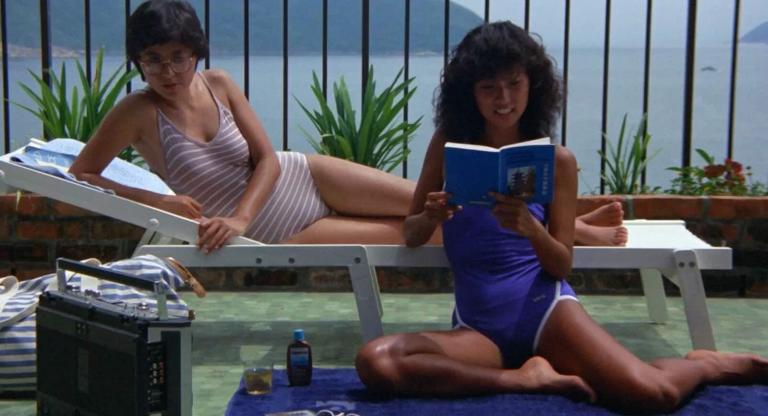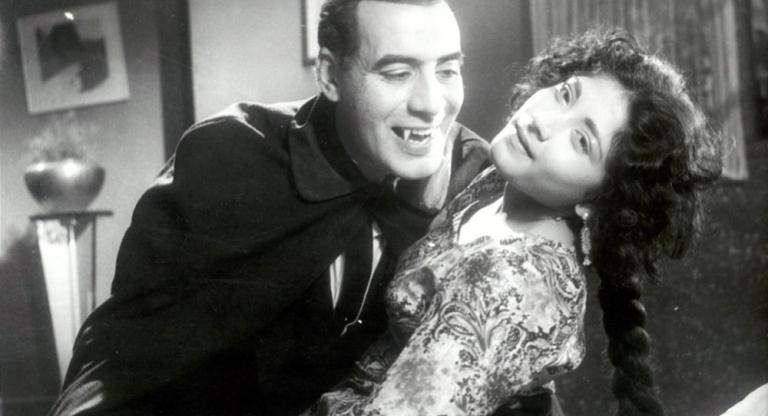Fade In (1968/73) is defined by many firsts: Barbara Loden’s first lead role; the first American film to depict a woman taking the morning-after pill; and the first film credited to the now-infamous pseudonym "Allen Smithee," used when directors disown their films. Screening as part of the film scholar Elena Gorfinkel’s brilliantly curated series “Wanda and Beyond: The World of Barbara Loden,” Fade In marks Loden’s peculiar entry into the industry. Shot on the set of the Terence Stamp western Blue (1968), Fade In was conceived as its low-budget, artsy companion—$3.5 million versus $400,000. The film is part romantic drama and part meta-comment on the labored artifice of filmmaking, offering a charming variation on the city-girl-meets-country-boy narrative. Yes, they fall in love. No, she does not stay to tend to his ranch. It just so happens that the film is also set in Moab, Utah, a locale synonymous with the American Western. The on-location romance between bubbly Hollywood assistant editor Jean (Barbara Loden) and hunky local cowboy Rob (Burt Reynolds) plays out under a ticking clock, with the three-week shoot delimiting their whirlwind affair. Their first exchanged glance appears in a rearview mirror, suggesting a love story already framed by hindsight.
Fade In takes an ambivalent approach to modern romance, unsettling the duo’s expected trajectory and power dynamics. Jean jokes that she is not the starlet who plays “tortured women who have been terribly hurt by life,” but the tinkerer behind the edit. And Rob is not the mythic cowboy heir to dubiously inherited land, but a self-made rancher moonlighting as a set driver. As their relationship unfolds, what becomes most evident is the fragility of rural American masculinity. Despite Rob jesting that “city girls are starved of a real man,” Rob’s primal acts—fistfights in the bush and wild rodeo stunts—cannot persuade his city girl to stay. Here, Reynolds delivers an uncharacteristically vulnerable performance as a man out of time with the expectations of modern romance. By the end, Rob’s machismo feels atavistic, as he’s left weeping in the Red Rock Canyon while Jean’s departing plane soars overhead.
It is Jean who possesses the power in the film, showing Rob how she brings together narrative in the cutting room: how one single splice in a reverse shot can define a hero or a villain. In a freeze-frame montage, the film brings together close-up shots of Loden’s face and Reynolds’, each set against the arable hills of Moab. Their faces meet, but that encounter is always provisional, always subject to change. Despite Jean’s attention to the craft of editing in the film, Fade In’s pacing is ironically uneven due to the aggressive re-edits of studio executives who reportedly disliked the original cut. The changes were so intense that director Jud Taylor disavowed the project. Released five years later as a late-night CBS movie, riding on Reynolds’ newfound stardom after his breakout role in Deliverance (1972), Fade In has only recently resurfaced thanks to a a Blu-ray released by Kino Lorber and a series of theatrical screenings: first at the BFI in London and now at Anthology Film Archives.
As Gorfinkel noted in her BFI introduction, Fade In marks Loden’s career as one of many almosts. It failed to launch her into the industry, much like Frank Perry’s The Swimmer (1968) did; in that film, she was replaced by Janice Rule after post-production disputes. Loden’s acting career was always compromised by studio execs, but these experiences emphasized the stakes of creative control for her. It’s no coincidence that Wanda (1970) emerged a mere two years later after Fade In was completed as its stark antithesis: as a film that’s fiercely self-authored and made entirely on Loden’s own terms.
Fade In screens this evening, July 30, and on August 2, at Anthology Film Archives as part of the series “The World of Barbara Loden.”



